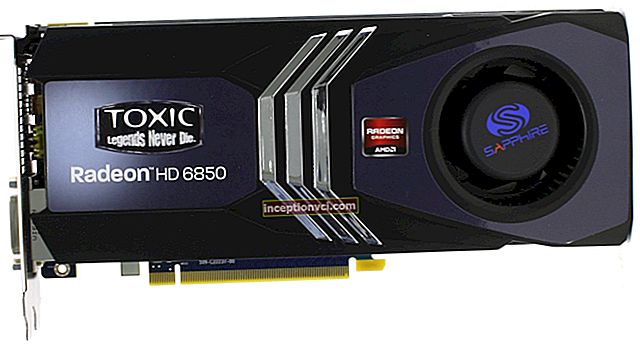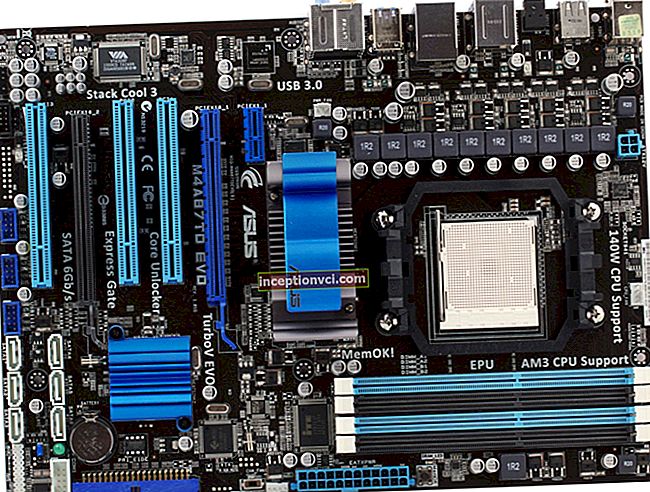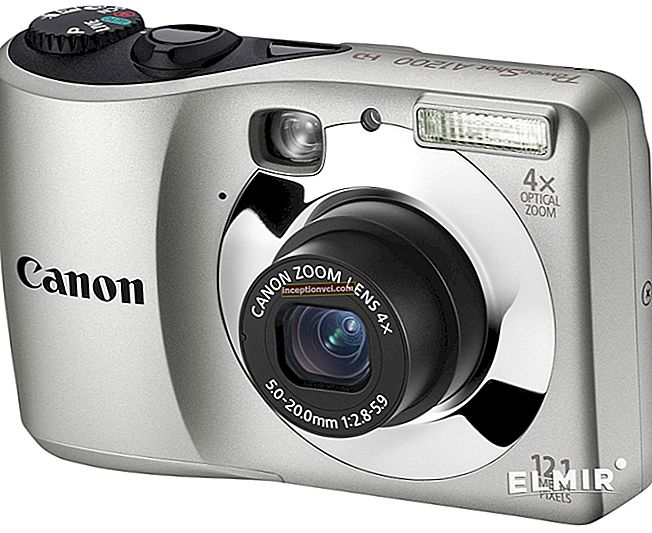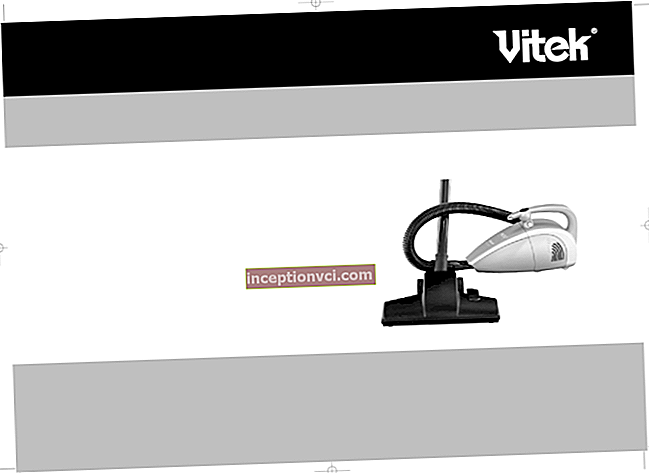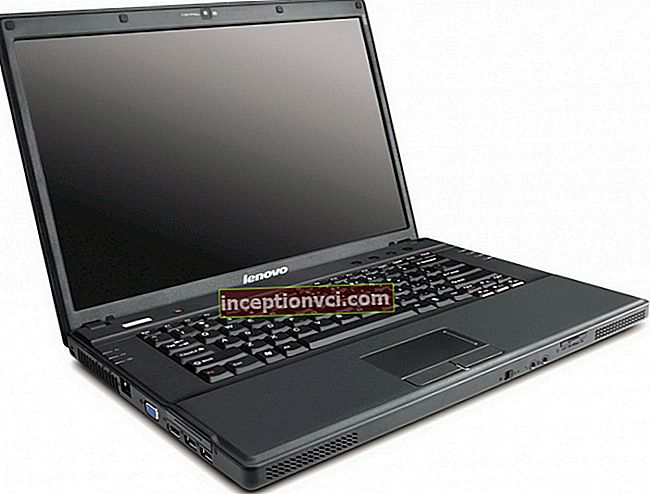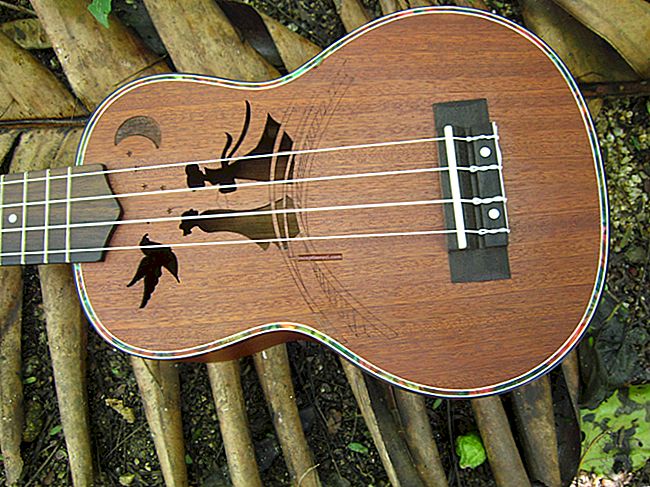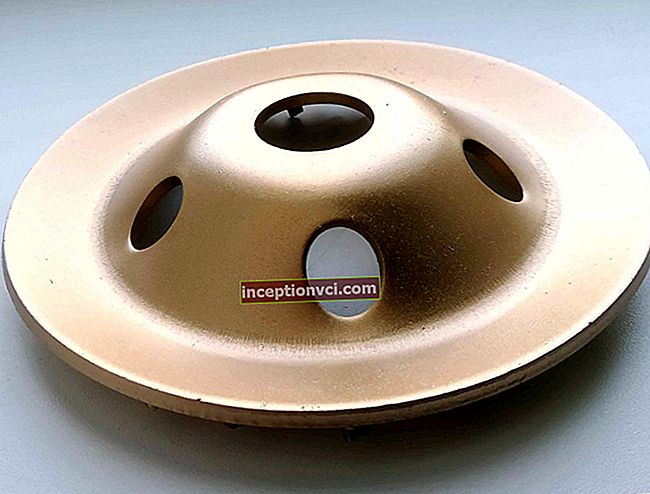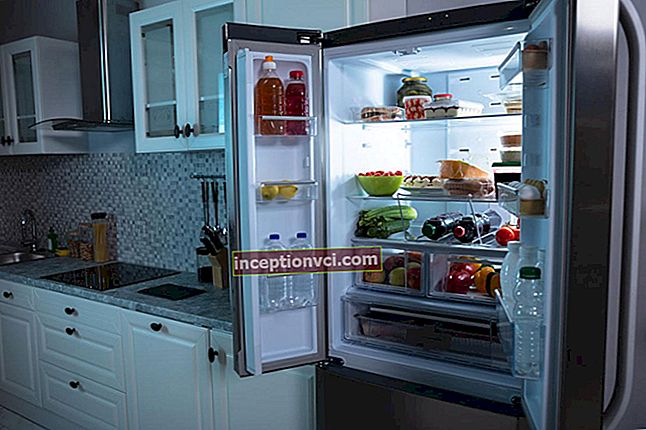The choice of the heater depends on the size of the heated area and the purpose for which the heaters are used.
The first in the list of criteria is the area to be heated. For unheated rooms with good external thermal insulation, ~ 1 kW is required for 25-30 sq. For apartments with a ceiling height of 2.50 m, kW is enough for 10 sq. Based on the area of the room, the approximate power of the unit is taken within the following limits:
Heating area, sq.m. / Device power, W
- 5 - 6 / 500;
- 7 - 9 / 750;
- 10 - 12 / 1000;
- 12 - 14 / 1250;
- 15 - 17 / 1500;
- 18 - 19 / 1750;
- 20 - 23 / 2000;
- 24 - 27 / 2500;
Many heaters have a built-in thermostat that automatically maintains the set temperature.
Heater types
Heaters are classified according to two main criteria: energy source and heating method.
Energy source:
- electricity;
- gas;
- liquid fuel.
Heating method:
- heat transfer by radiation (infrared);
- convection - mixing of air flows caused by different densities of cold and warm air; this principle is used by radiators and convectors;
- heating by air supply. This principle is used by air curtains, portable and stationary fan heaters.
Oil heaters
Principle of operation:
The body of the heater is filled with mineral oil, which has a high boiling point. Heating elements are immersed in the oil. Heating is done using electricity. The heated air is distributed by convection throughout the room. These heaters have the largest heating element area. The speed and intensity of heating the room depends on the power of the radiator and its design.
Scope of application:
Oil heaters are the most popular type used for heating apartments and small offices, especially if heating is needed all day. Power varies from 1 to 2.5 kW.
Benefits:
- does not dry out the air in the room;
- the heater is fireproof, it can be left unattended for a long time (it is not recommended to place it near furniture);
- does not make noise when working;
- compact;
- some models have a thermostat and timer that turn off the device when the desired temperature is reached;
- high mobility: easily move from room to room.
Disadvantages:
- oil heaters heat up the room more slowly than others;
- the heater mixes warm and cold air, which leads to drafts and prevents dust from settling.
Oil heaters cannot be used in rooms with high humidity. For example, in bathrooms, in rooms with pools. It is also not recommended to put it close to furniture, as the heater body heats up. Do not cover the body of the heater with paper, cloth, polyethylene.
Infrared heaters
Principle of operation:
Infrared heaters do not heat air, but objects. Infrared radiation is absorbed by surrounding surfaces. Thermal energy from the heater reaches surfaces and people in the area of its action, heating them. This equalizes the air temperature in height and lowers the average room temperature.
These heaters use both electricity and gas as an energy source.
Scope of application:
The infrared heater is unique in that it provides zone and spot heating. With its help, comfortable conditions are created in the local area and it is not necessary to heat the entire room. Infrared heaters are used for the following types of premises:
- large rooms;
- open areas;
- additional or main heating of summer cottages, garages, change houses, agricultural buildings;
- baths and saunas.

Benefits:
- energy saving and high efficiency;
- reliability and long service life;
- works without noise;
- uniform heating of ceilings and floors in living quarters;
- the possibility of local heating of individual rooms of the zones;
- prevention of influenza and acute respiratory infections (due to the nature of infrared radiation);
- compensation for lack of sunlight in winter.
Disadvantages:
- installed permanently;
- small possibilities of adjustment of operating modes;
- overheat with prolonged use;
The optimal heating temperature for the IR heater is 20C. The rise in temperature leads to an increase in power consumption. If you leave the premises for a long time and want to save energy, then it makes sense to lower the temperature to 15C. This temperature will not allow the walls to cool down and will save you money.
Convector heaters
Principle of operation:
The room is heated by passing air through metal or ceramic heating elements. Circulation occurs due to the different densities of cold and warm air. The heating element has a large area and a low heating temperature.

The following subtypes of convectors are distinguished:
- floor convectors;
- wall convectors.
The former move freely around the premises, the latter are mounted on the walls.
Scope of application:
Electric convectors are suitable for any premises. They are used in apartments and offices, in summer cottages. Sometimes they serve as the main heating system in private houses.
Benefits:
- convectors with a ceramic heating element do not dry out the air in the room;
- protected from overheating;
- easy to use: floor convectors move, and stationary ones are attached to any wall;
- relatively low price;
- profitability;
- easily combined into a single heating system;
Disadvantages:
- if the convector is not equipped with a fan, then heating is slow;
Wall-mounted convectors are more often used. When installing, remember that the lower the convector is located, the more efficient its operation. The front panel also radiates heat, providing additional space heating. Convection, combined with heat radiation, quickly and evenly heats the air throughout the entire volume.
Fan heaters
Principle of operation:
Fan heaters have a heating element through which the fan blows air. This is usually a spiral or ceramic plates. Thanks to this, the air heats up in the room very quickly. The power regulator adjusts the room temperature to the desired one.
Convenient and safe fan heaters, in which ceramic plates serve as a heating element. They are distinguished by a relatively low temperature of the working element, which prevents overdrying of the air and increases their service life.
 A fan heater with a power of more than 5 kW is called a heat gun. In addition to the main function, heat guns are used for ventilation and dehumidification of premises.
A fan heater with a power of more than 5 kW is called a heat gun. In addition to the main function, heat guns are used for ventilation and dehumidification of premises.
Scope of application:
This is the simplest heater option and a good solution for quick heating of small rooms and apartments. They act in a targeted manner, quickly and evenly distribute warm air in the room. They are compact and have a low cost.
There are stationary and portable fan heaters. Stationary include floor, wall, ceiling fan heaters. Ceiling fan heaters are used to heat rooms with high ceilings and to equalize the temperature between the floor and ceiling. Wall-mounted heaters quickly heat up the air in living rooms. These include hand dryers.
Benefits:
- quickly heat up and distribute air throughout the room;
- compact and aesthetic;
- disconnected in the event of a fall;
- protected from overheating.
Disadvantages:
- make noise if the fan is running at high speeds;
- the fan heater dries out the air in the room;
- unpleasant smell from dust that burns on a spiral.
When buying a fan heater, pay attention to the type of heating element. A spiral heater with metal elements has good heat dissipation, but it should only be used in a clean room. Otherwise, the constant smell of burnt dust is provided to you. It is better to buy a fan heater with a ceramic heating element. In thermal parameters, it is not inferior, but heats up to a lower temperature and does not burn dust.
Thermal air curtains
Principle of operation:
Warm air curtains are fan heaters that create a flat and powerful air flow in a local area. The unit creates an air barrier in an open opening to prevent the loss of warm air in the room. The flow rate is so high that it creates an air barrier. Cold outside air flows around the stream and is discharged outside. Warm - stays indoors.
 Scope of application:
Scope of application:
Thermal curtains are used to separate zones with different temperatures, for example, open openings of working windows or entrance doors and gates. They are used in public buildings - shopping and entertainment centers, supermarkets, office centers. Air curtains are also effective for smaller houses - small shops, offices, private houses.
Benefits:
- keeps warmth in the room with constantly opening doors;
- provide additional protection against drafts and dust.
Disadvantages:
- narrow scope - mainly in open doorways and windows.
conclusions
Let's summarize the above into specific recommendations:
- for apartments, small offices, oil heaters are suitable. They are safe to use, they can be freely moved around the apartment, and for the winter they can be taken to the basement or put in a secluded place. One heater is enough to maintain a comfortable temperature in the room;
- fan heaters are good for quickly heating a room. For example, let's say you came to the office on a winter morning after a weekend, and the landlord decided to save a little on heating on Saturday-Sunday. In this case, it will not take long to freeze;
- Convectors are suitable for connoisseurs of elegant interiors. Compact and flat, they fit well into the room and do not take up much space. In addition, they do not burn oxygen, quickly heat up the room and are energy efficient;
- it is worth buying an infrared heater for large rooms, so as not to heat a huge volume, but to concentrate the heat in one or two places. For evening gatherings in autumn evenings on the summer cottage, infrared heaters will also be a good solution.
Watch a video review of the heater, which heats the room in a matter of minutes and does not burn air

